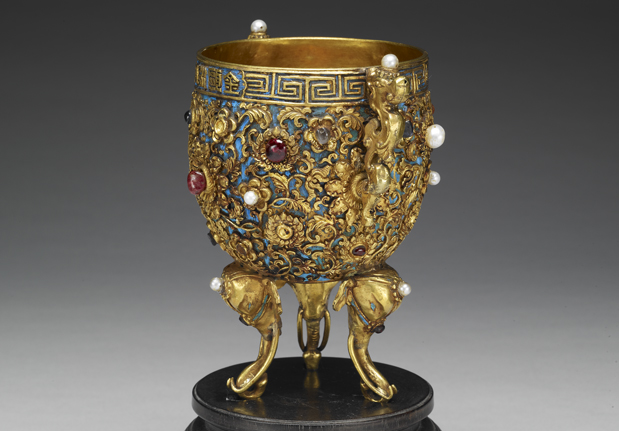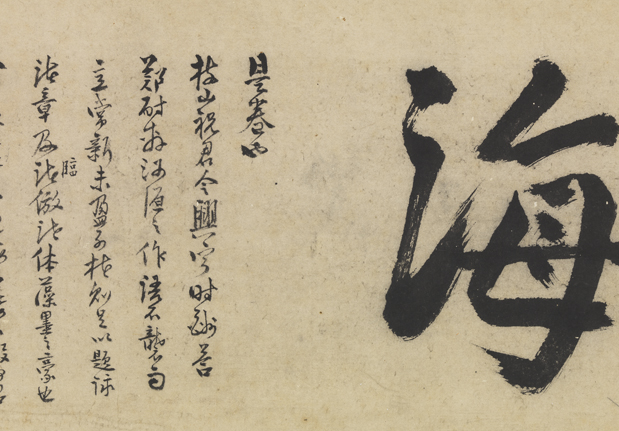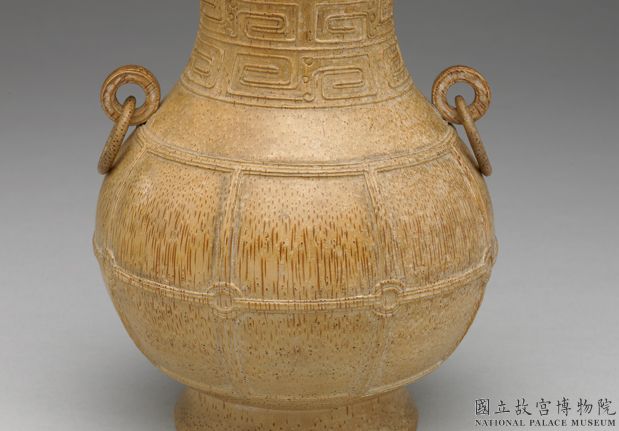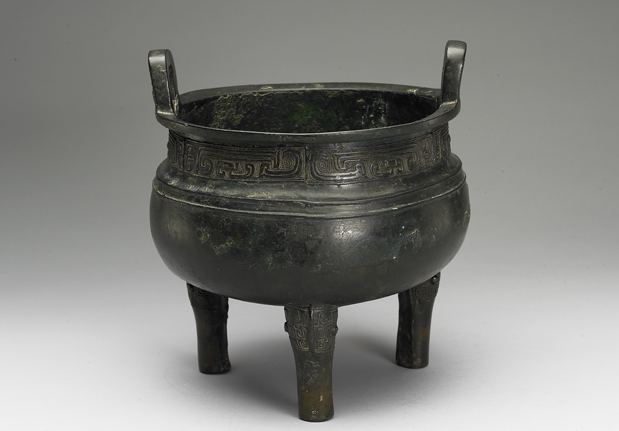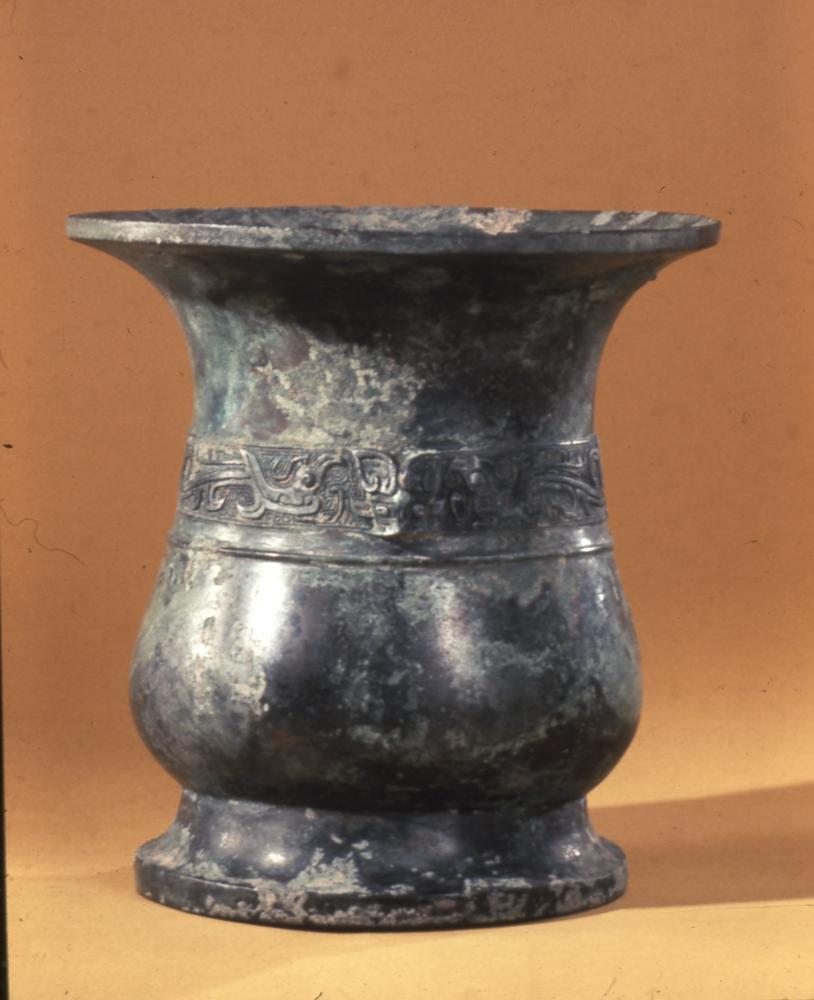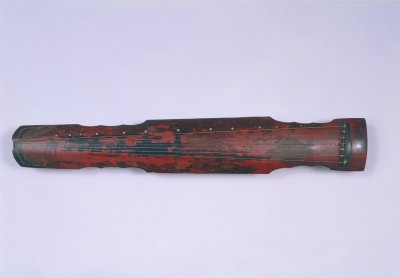Period:Ming dynasty Production date:1426-1435
Materials:porcelain
Technique:glazed, underglazed,
Subjects:plant,flower
Dimensions:Height: 7.50 centimetres
Description:
Small globular porcelain bowl with underglaze blue decoration. Perfectly ergonomically designed, this globular bowl fits within the curve of the palm of the hand, its sides tapering in at the mouth and its base concave; there is no foot ring. Beneath a blue-white glaze it is painted in dark uneven cobalt with a single chrysanthemum with foliage in a double-ring medallion inside and with a composite flower scroll of peony (twice), camellia, gardenia and hibiscus outside. A delicate band of lotus scroll is around the rim, edged on either side by double blue lines, and below are a border of petal lappets and a band of classic scroll framed by double blue lines.
IMG
![图片[1]-bowl BM-1975-1028.10-China Archive](https://chinaarchive.net/Ming dynasty/Ceramics/mid_00263240_001.jpg)
Comments:Harrison-Hall 2001:An identical bowl is in the Asian Art Museum in San Francisco. A similar example is in the National Palace Museum, Taipei.Brankston suggested that these globular cups, with or without stems, made in the Xuande era were ‘qing shui wan’ [pure water bowls], which were filled with water and carried during prayers, symbolizing the purification of the heart by water. Larger water bowls, made later in the Ming and inscribed with dedicatory inscriptions, have this type of in-turned mouth.
Materials:porcelain
Technique:glazed, underglazed,
Subjects:plant,flower
Dimensions:Height: 7.50 centimetres
Description:
Small globular porcelain bowl with underglaze blue decoration. Perfectly ergonomically designed, this globular bowl fits within the curve of the palm of the hand, its sides tapering in at the mouth and its base concave; there is no foot ring. Beneath a blue-white glaze it is painted in dark uneven cobalt with a single chrysanthemum with foliage in a double-ring medallion inside and with a composite flower scroll of peony (twice), camellia, gardenia and hibiscus outside. A delicate band of lotus scroll is around the rim, edged on either side by double blue lines, and below are a border of petal lappets and a band of classic scroll framed by double blue lines.
IMG
![图片[1]-bowl BM-1975-1028.10-China Archive](https://chinaarchive.net/Ming dynasty/Ceramics/mid_00263240_001.jpg)
Comments:Harrison-Hall 2001:An identical bowl is in the Asian Art Museum in San Francisco. A similar example is in the National Palace Museum, Taipei.Brankston suggested that these globular cups, with or without stems, made in the Xuande era were ‘qing shui wan’ [pure water bowls], which were filled with water and carried during prayers, symbolizing the purification of the heart by water. Larger water bowls, made later in the Ming and inscribed with dedicatory inscriptions, have this type of in-turned mouth.
© Copyright
The copyright of the article belongs to the author, please keep the original link for reprinting.
THE END
